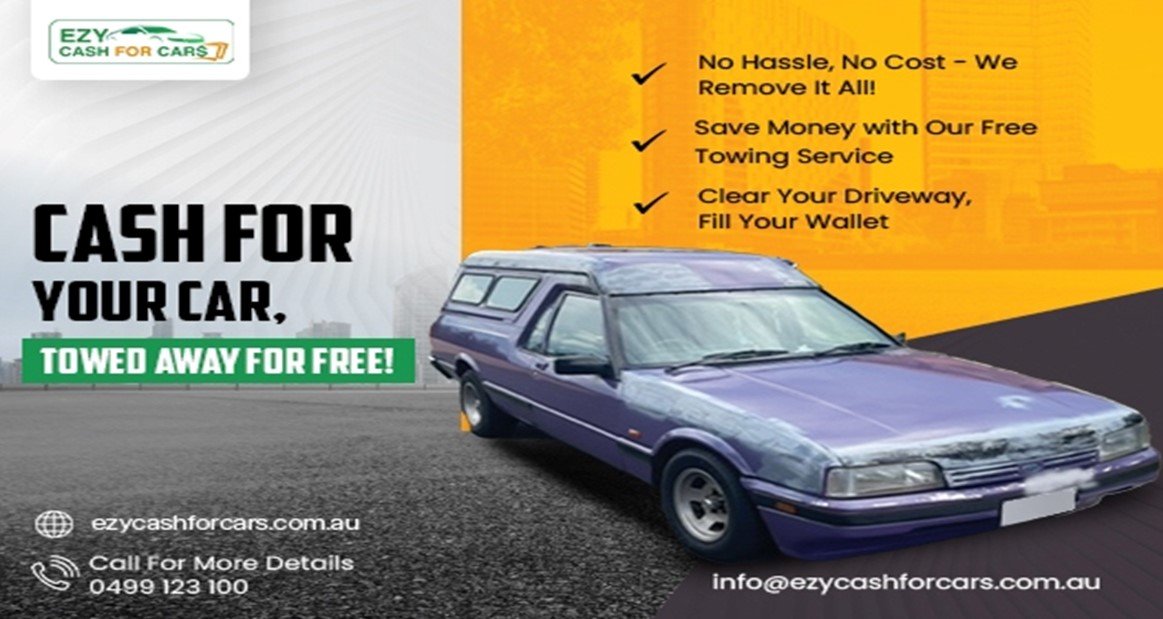Generally, e-commerce store businesses give more emphasis on product listing and marketing tools like landing pages than content marketing. After the responsibility of the eCommerce development company in making your store live is over, it is up to the content marketers to generate traffic. But, many online store owners just do not understand what purpose a blog on their websites or publishing blogs in other industry websites will serve. Well, this is why we are here to explain to you the most credible ways to boost e-commerce traffic through content marketing.
Content is key to draw traffic to any website including online stores. A popular blog section on your e-commerce website will help you double the traffic. By publishing relevant and expert blog posts on other industry websites you can drive considerable traffic to your website. By posting interesting and intriguing content on social media platforms you can create a stable and loyal audience for your e-commerce website. When you do all these in a synchronized and systematic manner, you end up improving your traffic footfall to several notches.
Let us explain some of the key effective content marketing strategies to give your traffic footfall a huge boost.
Know What You Should Write On
The biggest challenge any website fetches is knowing the topics and the subjects they need to write about. You need to cater to the right content that your target audience appreciates and finds helpful.
You need to write for your blogs kind of content that helps your customers with some useful tips, solutions, and solutions to practical problems they want to know about. For example, if you are selling travel gear from your e-commerce store, you can publish on-site blogs on tips for traveling lightweight and the kind of gear they should carry to reduce the load.
It is understood that you have too many content ideas all ready to cater to your audience. But wait, instead of choosing a topic in a hurry, first validate your chosen topics through some time-tested measures and tools.
- As the most effective tool, you can always ask your audience about the challenges they face, the solutions and tips they are looking for, and the help they generally search for online related to your industry. You can interview your users, carry out an online survey, or just can ask your social media audience.
- Another important thing to get an air of where you should focus upon us researching your competitor websites. Just go to the leading and most promising new websites in your niche and find out the kind of content that is getting more traction from the audience.
- Apart from listening to others, it ways helps by taking a closer look at your own lived experiences and the typical solutions that you require in practical problems and situations. If you are selling mountain bikes, you can learn from your own past mistake of choosing the wrong bike on a trip and accordingly can come with the content on key considerations for choosing the right mountain bike.
- Last but not the least, online stores can always use some well-acclaimed tools to get a better understanding of the content ideas. You can your tools like BuzzSumo, Google Trends, HubSpot, UberSuggest, and several other tools to search for the most engaging and trending content ideas for your blogs.
Have a Solid Social Media Content Strategy
Like websites, social media platforms are mostly about content. Apart from sharing your web content on social platforms, you can always generate unique social media content specific to each platform. Social media content strategy is not just about sharing the links of your web content and blog post. It involves a lot more activities than that.
First of all, you need to choose the right social media platforms where most of your customers and audience are active. Well, Facebook and microblogging platform Twitter is quite common and irreplaceable, but for others, you need to choose as per the niche and dominant audience-type. Pinterest is a must-have for stores catering to women and girls. Instagram is great for trending visual content for niches that depends on the look and feel. Fashion, travel, apparel, gadgets, entertainment, and lifestyle are appropriate niches for Instagram. LinkedIn is a must-have for Business2Business (B2B) and professional niches. YouTube is great for marketing video content and can cater to almost any niche.
Now that you have selected your target social platforms for content sharing and publication, it is time to fine-tune your content strategy with the selection of effective content for each platform. Here we provide some tips.
- Facebook, the holy grail of social media boasts of the most extensive variety of content featuring all types. For online marketers, visually engaging and interactive content works best on this platform. Memes, interesting how-to videos, images featuring your products and lifestyle elements, quizzes, contests, all work well. Facebook is also a good place to share user-generated content like customer photos, customers showcasing products in real-life situations, etc.
- Twitter can be used to come with announcements, contests, surveys, and campaigns for product launches.
- Instagram and Pinterest involve a lot of creativity in creating engaging content that draws attention quickly. Maintaining visual engagement with intriguing pitch is the key to success here in these two platforms. Make sure you follow the dominant trends related to your niche and always look trendy. On both of these platforms using user-generated content is highly effective to position your brand with a specific taste and lifestyle attribute.
- LinkedIn catering to the B2B segment and professional niches is great for publishing expert-written and well-researched blogs.
- For eCommerce stores and business websites selling products that require “how-to” guidance, for digital entertainment, travel, fashion, and gears, publishing YouTube videos can be a great way to improve traffic.
Guest Blogging
Guest posting or guest blogging is another time-tested way to drive traffic to a website and build up traction. It is also a great way to build up credibility for your e-commerce store and achieve better domain authority. By publishing expert blogs on other competitor websites or websites of your niche you can generate quality backlinks and drive more quality traffic from industry sources.
As for guest blogging, you have two different options, such as publishing a blog on a random blog website with no similarity with your niche and publishing a blog on a website related to your niche. Some random blogging website with huge traffic flow and credibility can really help you generate traffic quickly. On the other hand, by publishing guest posts on blogs of your niche you can get the most relevant traffic with high chances of purchasing products and services.
Running PPC Campaigns
For getting immediate traffic on your website, you can run a PPC campaign and for this, you need to have a prior plan. Obviously, you need to have a campaign plan based on your objectives such as generating more sales, building an email list, or brand positioning. PPC campaigns can also be created to determine the kind of content that can guarantee long term user engagement.
E-commerce stores mostly opt for PPC campaigns to boost the rate of sales conversion. While generating traffic by running a PPC campaign is a common and easy thing to do, it is the sales and business conversion that your PPC campaign should target most. As for choosing the best PPC campaign platforms, you have several credible choices like Google AdWords, Facebook Ads, etc,
Conclusion
While all these content marketing avenues stand to be most effective and efficient for generating traffic and improving online sales, you should also make your presence felt by using some community blogging and content platforms such as Medium, Quora, etc. By simply becoming an expert on topics related to your niche, you can draw more attention from the target audience and generate traffic.





